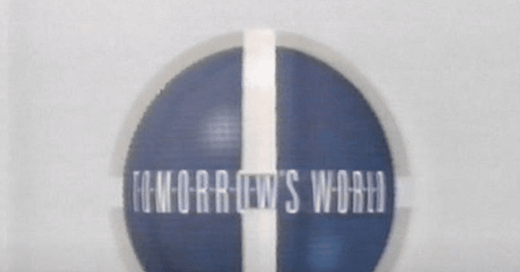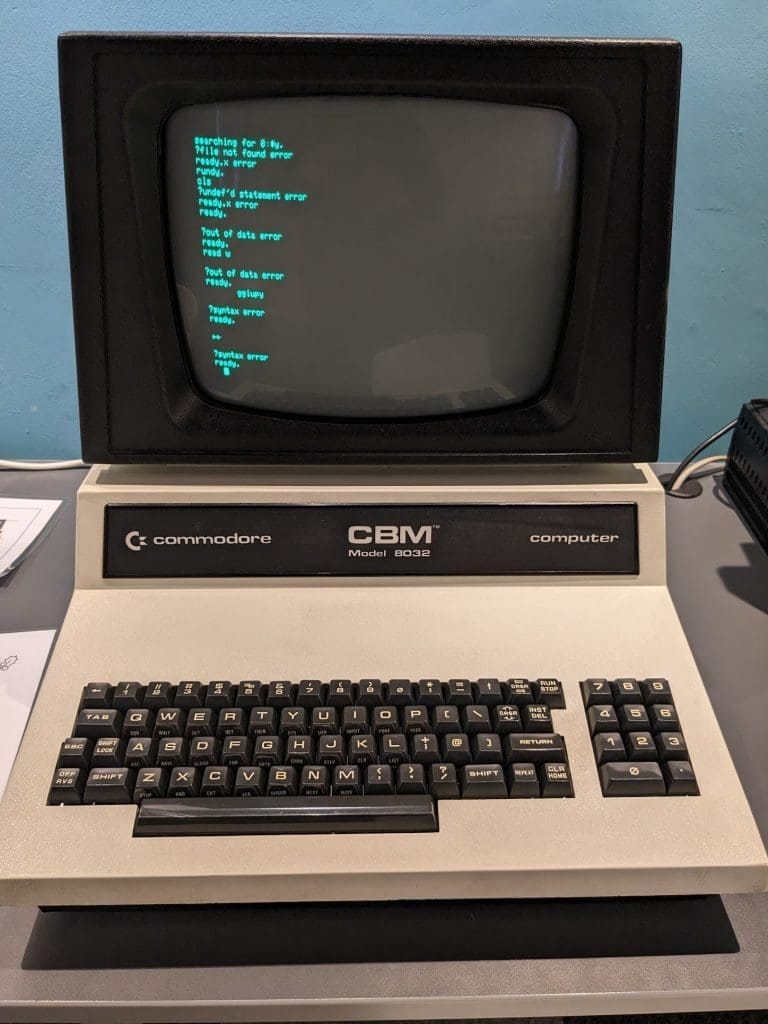A Look Back At The Technological Predictions from the BBC’s Tomorrow’s World
Should the BBC revive the classic Science and Technology Show?
The BBC’s Tomorrow’s World show, which aired from 1965 to 2003, made numerous predictions that highlighted upcoming technological and scientific advances. The program is well-known for showcasing innovations that were ahead of their time, many of which have become integral parts of modern life.
The BBC’s Tomorrow’s World was a science and technology television program that aired from 1965 to 2003, showcasing new scientific breakthroughs and technological advancements. Created by Glyn Jones, the show became known for live demonstrations, often featuring cutting-edge inventions that were ahead of their time. The show’s first presenter was Raymond Baxter, and over the years, it was hosted by various prominent personalities including James Burke, Judith Hann, and Howard Stableford.
Tomorrow’s World became an influential platform for introducing key technologies to the British public, such as the first breathalyser, home computers, ATMs, and even touchscreens, long before they became mainstream. It also covered more niche developments like robotic vacuum cleaners and fold-up cars, reflecting both the potential and the experimental nature of tech innovations at the time.
The show experienced its peak popularity in the 1970s and 1980s but started to decline in the 1990s as the format shifted from live demonstrations to pre-recorded segments. It was eventually canceled in 2003 due to declining viewership. Nevertheless, the Tomorrow’s World brand was revived for occasional specials and digital platforms, including a one-off live special in 2018, which featured former presenters and explored modern technology’s impact.
The show left a lasting legacy in how science and technology were communicated to the public, making complex subjects accessible and inspiring a generation of future scientists and technologists. The format of Tomorrow’s World—exploring speculative technology with live demonstrations—set the precedent for numerous technology-related programs that followed.
Below is a summary of some notable predictions made over the years:
1960s Predictions
Home Computers (1967): The show predicted that computers would eventually be a fixture in both homes and workplaces. At that time, computers were massive, complex machines, so this vision was ahead of its time.
Breathalyser (1967): This was one of the early showcases of a technology that is now standard in law enforcement.
Light Pens and Touchscreens (1967): These interactive technologies, which are now commonplace in various devices, were first introduced on Tomorrow’s World.
Artificial Grass (1968): The use of synthetic grass for sports and landscaping was discussed when it was still a novel concept.
ATM and Chip & Pin (1969): As cashless transactions started gaining traction, the show highlighted how ATMs and chip-and-pin technology would revolutionize banking.
1970s Predictions
Synthesizer (1969): The program featured the use of synthesizers in music, predicting the digital revolution in music production.
Pocket Calculator (1971): At a time when calculators were not widely used, the show presented the pocket calculator as a tool that would eventually become ubiquitous.
Digital Watch (1972): Forecasted that digital watches would replace mechanical ones.
Teletext (1974): This was an early form of on-screen text information, a precursor to modern digital information services.
Mobile Phones (1979): The show featured an early mobile phone prototype, predicting a future where handheld devices would be common.
1980s Predictions
Personal Stereo (1980): Predicted the trend of portable music devices, paving the way for the Walkman and, later, digital music players.
Compact Disc and Player (1981): Demonstrated the CD technology, claiming it was nearly indestructible, which paved the way for a new era of digital music storage.
Camcorder (1981): The emergence of portable video recording devices was showcased.
Barcode Reader (1983): Showcased the potential for barcodes in retail, which is now a universal system for inventory and checkout.
Wind-Up Radio (1993): Highlighted this invention, which became essential in areas with limited access to electricity.
1990s Predictions
Starlite Insulation (1993): Predicted a new era of heat-resistant materials.
Robotic Vacuum Cleaner (1996): The show introduced a prototype for a robotic vacuum cleaner, which has since evolved into products like the Roomba.
Targeted Intra-Operative Radiotherapy (2000): Predicted advances in targeted cancer treatments, which have since become part of modern medical procedures.
The 2000s and Beyond
Information Superhighway (1994): The show discussed the concept of the “information superhighway,” accurately predicting the transformative impact of the Internet on communications, entertainment, and everyday life.
The series didn’t run long enough to get to Quantum Computers, but I’m sure if this great series was in production now, it would cover the development of quantum computers or at least showcase the companies like IBM, Google, Rigetti and IonQ that are developing these devices.
Tomorrow’s World ended in 2003 primarily due to declining viewership and a format that struggled to compete with the rise of digital media and other science programs. In its later years, the show shifted away from its original live demonstrations to pre-recorded segments, losing some of its appeal. The BBC decided to cancel it as ratings fell to around three million viewers.
Despite its cancellation, the brand retained influence and was occasionally revived for specials and science-themed broadcasts. As technology has accelerated I think its time for a revival in this awesome programme from the BBC which inspired a whole generation to get into science and technology.





